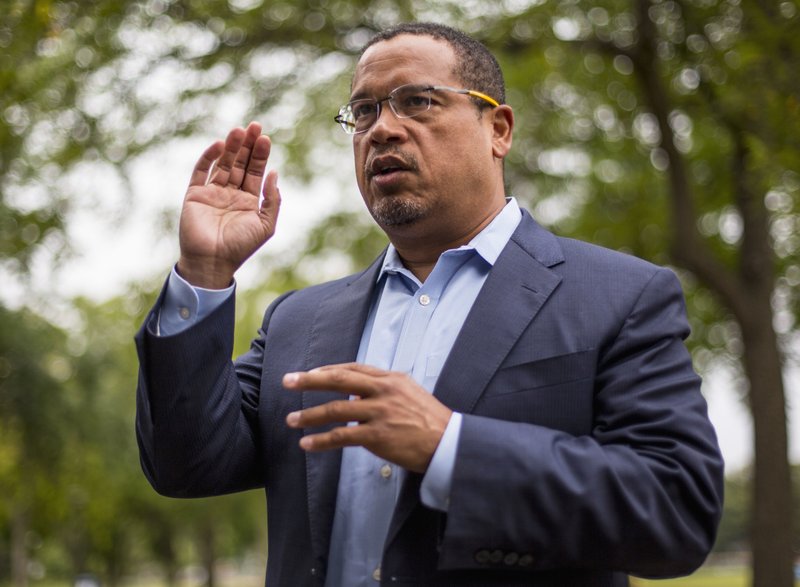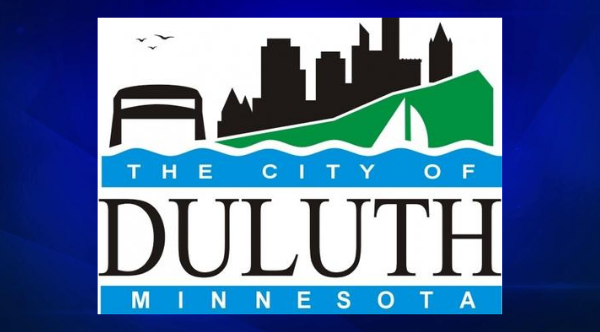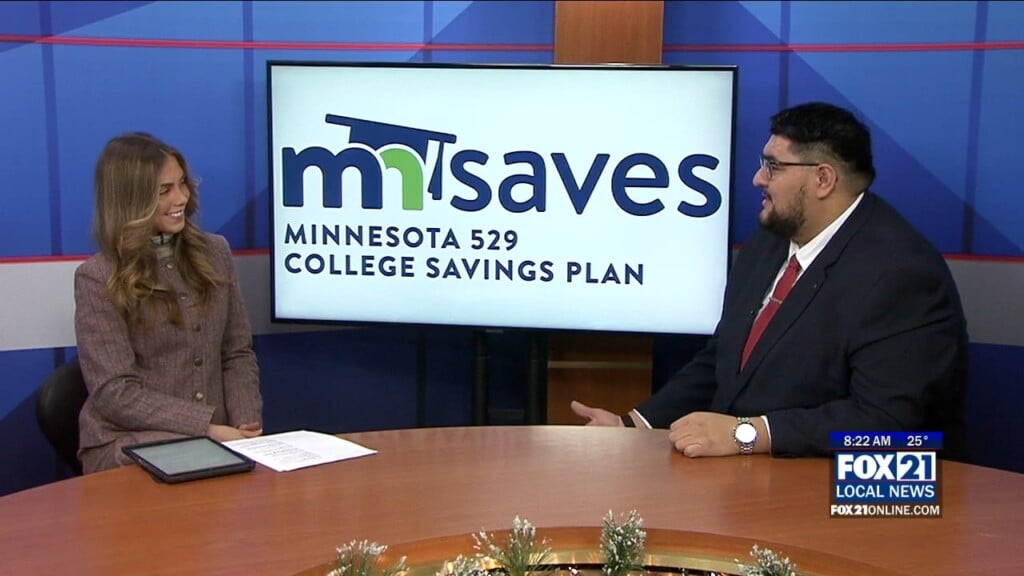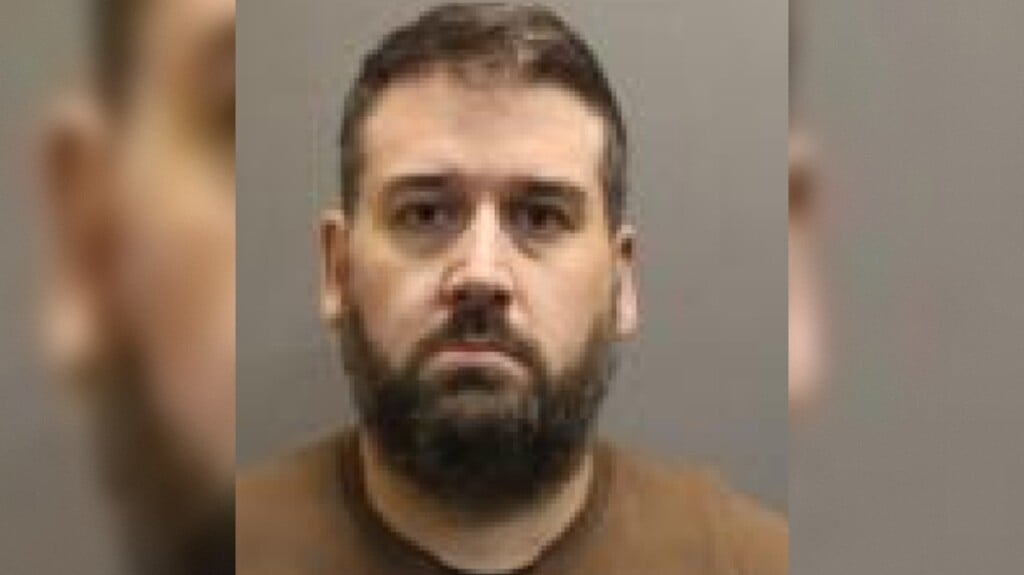Duluth School District Identified as Struggling Academically
DULUTH, Minn. — The Minnesota Department of Education has identified over 300 schools and several districts with low academic performance, including the Duluth School District.
The Duluth School District was identified as struggling academically, and not for the first time.
Results are based on MCA standardized tests in middle schools.
This year, students of Duluth schools tested at a 50% average in science, reading, and math.
While this percentage is up from 2021, it nearly mirrors the already low pre-pandemic rates.
“If you look at the schools that have been reported throughout the state, and if you look at the identified districts, you’ll find that each of those districts have a large student population of students that have been historically underserved,” said Duluth Public Schools Superintendent, John Magas.
Magas went on to say, “we’re thankful that the state has identified us and will provide us with more support, but I also think it’s important for the state legislature to think about the unfinished learning of our students. We have unfinished funding by our legislature with 9.25 billion dollars on the table.”
In May, Minnesota Governor Tim Walz and legislature leaders reached a deal regarding a 9.25 billion budget surplus.
The deal included some of the money going towards education, which hasn’t happened yet.
Superintendent John Magus says finances are just a portion of the problem.
“We believe very strongly that we know what needs to be done. We’ve done very comprehensive needs assessment of our schools. So we’ve identified some of the root causes of what the challenges are, and we have plans in place to be able to lift our school together on that. I also think it is important for us to work very cohesively with the state, both with the Minnesota Department of Education and the Regional Centers of excellence to make sure our plans are woven together.”
Magas says teachers from across the district have been working together to develop new learning structures, adjust teaching styles, and talk to students about where they’re struggling.







